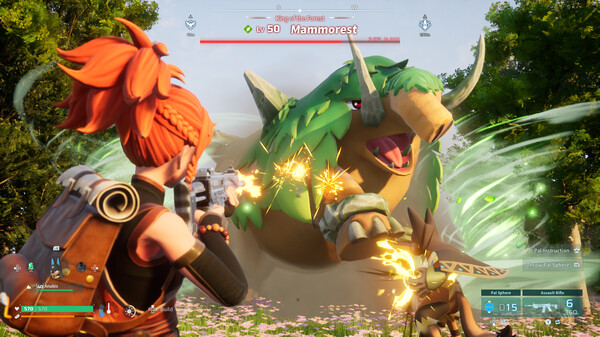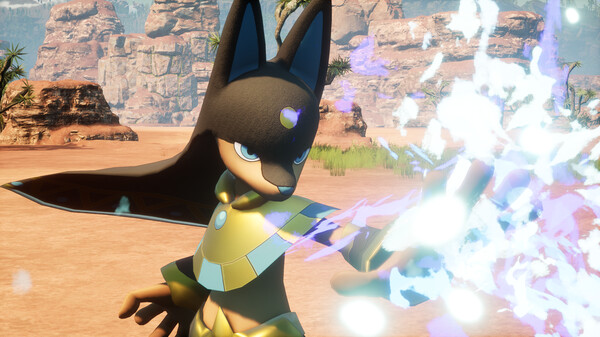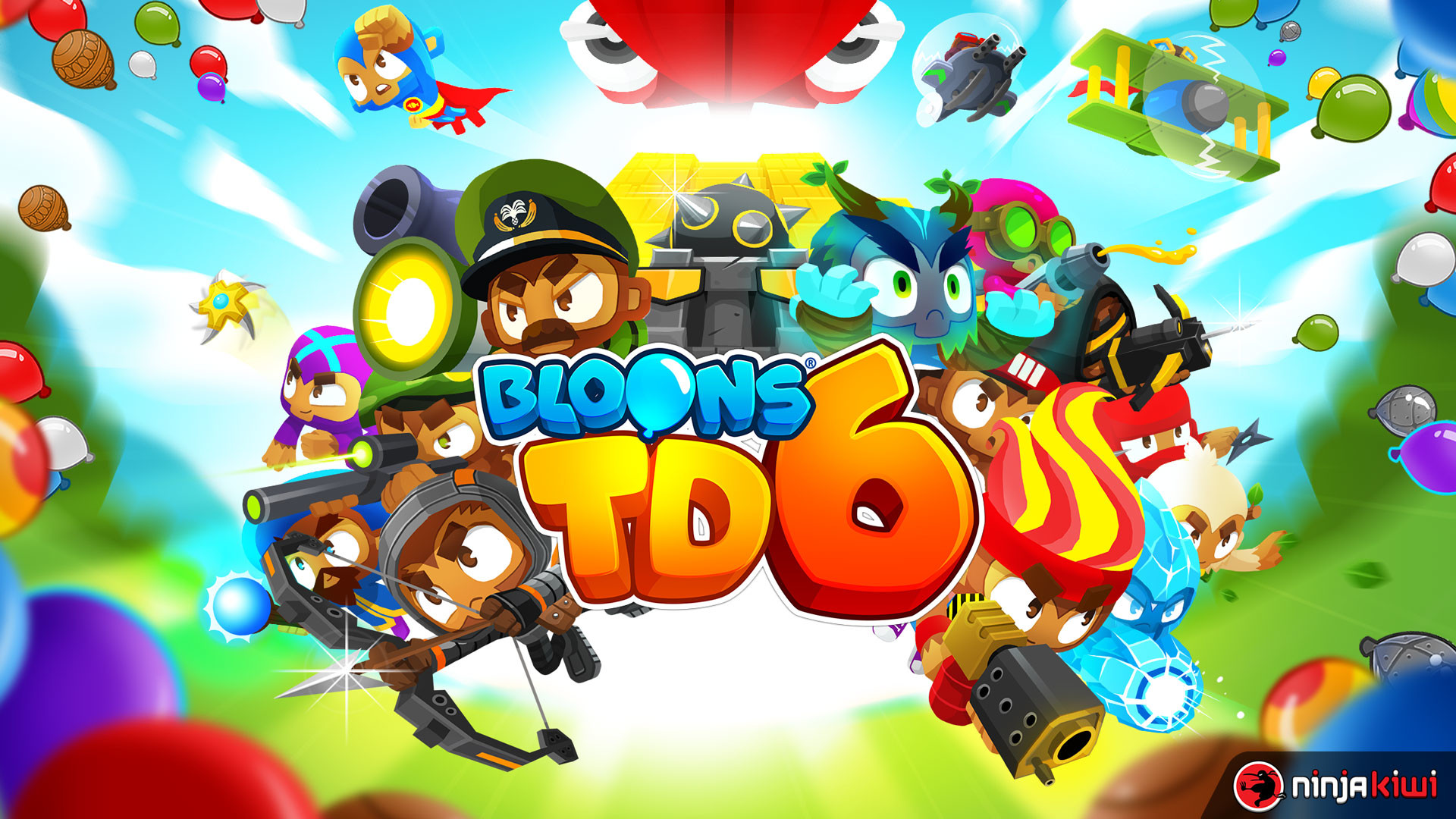Advertisement
Popular Now
Introduction Behind the cartoonish charm and Pokémon-inspired creatures of Palworld lies a darker undercurrent that has sparked both fascination and unease: its in-game labor system. The game allows players to enlist captured Pals (adorable monster companions) into grueling industrial tasks ranging from weapon manufacturing to automated mining and factory work. But what begins as a quirky survival mechanic quickly morphs into an ethically fraught game design decision. This article takes a comprehensive look at the mechanics, implications, and community reactions surrounding Pal labor—and asks the question: where do fun and responsibility collide?

Is Exploitation Avoidable?
In theory, players can choose not to automate Pal labor. They can manually gather resources and use Pals purely in exploration or combat. However, the game design heavily incentivizes automated production for survival.

What the Creators Are Saying
Developers of Palworld have remained mostly silent on the labor ethics debate, focusing instead on mechanical balance and multiplayer fixes. When asked, they described the game as a "dark comedy and sandbox survival" experiment.
1. The Genesis of Pal Labor: Introducing the System
Initial Vision and Gameplay Framing
Palworld launched with the goal of combining creature collecting, survival crafting, and multiplayer world-building. In early previews, labor automation using Pals was pitched as a strategic benefit to streamline gameplay.Design Intentions
- Provide time-saving features for solo survival
- Let players build efficient production lines
- Diversify the utility of creatures beyond combat
Early Reception
Players were amused and intrigued by watching cuddly creatures haul ore and power conveyor belts. However, even at launch, concerns arose about the optics and morality of the system, especially as darker mechanics (like Pals working without food or rest) came into view.
2. Mechanics of Industrial Exploitation
How Pal Labor Functions in Practice
Players can assign Pals to workstations ranging from farms and coal mines to gun factories. Once placed, Pals follow routines with minimal interaction, automatically performing tasks to fuel the player’s resource flow.Core Labor Mechanics
- Pals work non-stop unless removed
- Stat efficiency affects productivity
- Food supply influences health, but not performance directly
Invisible Suffering
Despite cute animations, the underlying logic has problematic edges. Some players noted Pals collapsing from exhaustion, yet continuing their labor without protest or recourse. The system doesn’t provide breaks or care mechanisms unless the player manually intervenes.3. The Dark Humor Debate
“It’s Just a Game” vs Ethical Satire
Supporters claim the system is meant to be satirical, poking fun at automation culture and exploitative RPG resource mechanics. Critics argue that normalizing such systems—even humorously—has real-world implications.Common Arguments
- "It’s satire; don’t take it seriously."
- "Players should have the choice to opt out."
- "This trivializes real labor issues and animal ethics."
The Memeification Effect
Online communities began producing memes of overworked Pals chained to assembly lines. While some found this funny, others questioned whether dark humor was shielding harmful narratives.4. Player Agency and Moral Choices
Is Exploitation Avoidable?
In theory, players can choose not to automate Pal labor. They can manually gather resources and use Pals purely in exploration or combat. However, the game design heavily incentivizes automated production for survival.
Limited Alternatives
- Manual gathering is extremely inefficient
- Late-game progression nearly requires automated factories
- PvP environments reward high-resource builds
Designing With Consequence
The absence of ethical penalties or in-game consequences for poor Pal treatment means there's no meaningful narrative or gameplay response to exploitation—making moral restraint a player-imposed challenge rather than a system-supported feature.5. Comparisons to Other Games
Is Palworld Alone in This?
Many survival and simulation games include automation and character labor: RimWorld, Factorio, and Oxygen Not Included to name a few. Yet most either abstract workers (via bots) or include morale and well-being systems.Key Differences
- Palworld uses emotive, sentient creatures
- Other games incorporate wellness meters or autonomy
- Visual feedback in Palworld downplays suffering
The Impact of Visual Cues
The visual juxtaposition of cheerful character design with harsh labor treatment amplifies discomfort. A moaning, disheveled Pal wielding a jackhammer doesn’t evoke productivity—it evokes critique.
6. The Gun Factories: Ethics at Extremes
Weaponizing Pals for Profit
In later stages, players can place Pals in gun production lines, effectively using them to build firearms for the player’s arsenal. It’s a stark contrast to the creature-raising tones of similar monster games.Extreme Examples
- Pals hammering assault rifles in sweatshop-like structures
- Workstations surrounded by barbed wire fencing
- No contextual world-building to explain the violence
Community Reaction
This aspect prompted backlash from both long-time Pokémon fans and ethical gaming advocates, especially as promotional materials showcased gun-wielding monsters paired with helpless factory workers.7. Modding and Rewriting the System
How Modders Are Responding
In response to discomfort, some players and modders have created alternate versions of the game or tweaks that reduce Pal labor intensity or introduce care systems.Notable Mods
- Rest & Feed System Integration
- Pal Happiness Overlay
- Auto-Care Stations (Energy Recovery Pods)
The Demand for Ethical Options
These mods show that the desire to engage with Pals ethically exists. By granting players tools to monitor and manage Pal well-being, the game could become more nuanced in its labor mechanics.8. Developer Commentary and Transparency
What the Creators Are Saying
Developers of Palworld have remained mostly silent on the labor ethics debate, focusing instead on mechanical balance and multiplayer fixes. When asked, they described the game as a "dark comedy and sandbox survival" experiment.
Official Statements
- “Palworld explores extremes of freedom.”
- “Players can choose their playstyle.”
- “Our goal is to push genre boundaries.”
Lack of Ethical Systems
Despite acknowledging the game’s dystopian tone, no official updates have added systems to incentivize humane treatment of Pals or penalize exploitative behavior—leaving the debate in the hands of the community.9. Community Initiatives and Ethical Gameplay
How Players Are Organizing
Ethical playthroughs have gained traction. Some streamers restrict their gameplay to non-labor paths, showcase Pal “sanctuaries,” and document alternative progression models.Player-Led Innovations
- No Factory Runs (manual-only resource gathering)
- Pal Protection Guilds on multiplayer servers
- Resource-Sharing Co-op models
Spreading Awareness Through Play
By showing that it's possible (though harder) to succeed in Palworld without exploiting Pals, players are creating a counter-narrative and challenging others to rethink their strategies.10. What Comes Next: Ethical Evolution or Escalation?
Predicted Developments
As Palworld continues to receive updates and grow its player base, the labor mechanics are unlikely to disappear. However, community and modding pressure may encourage developers to refine the system with more nuance.Possible Solutions
- Introduce Pal fatigue and happiness systems
- Add ethical reputation mechanics
- Create sanctuary zones or non-industrial progression paths

















